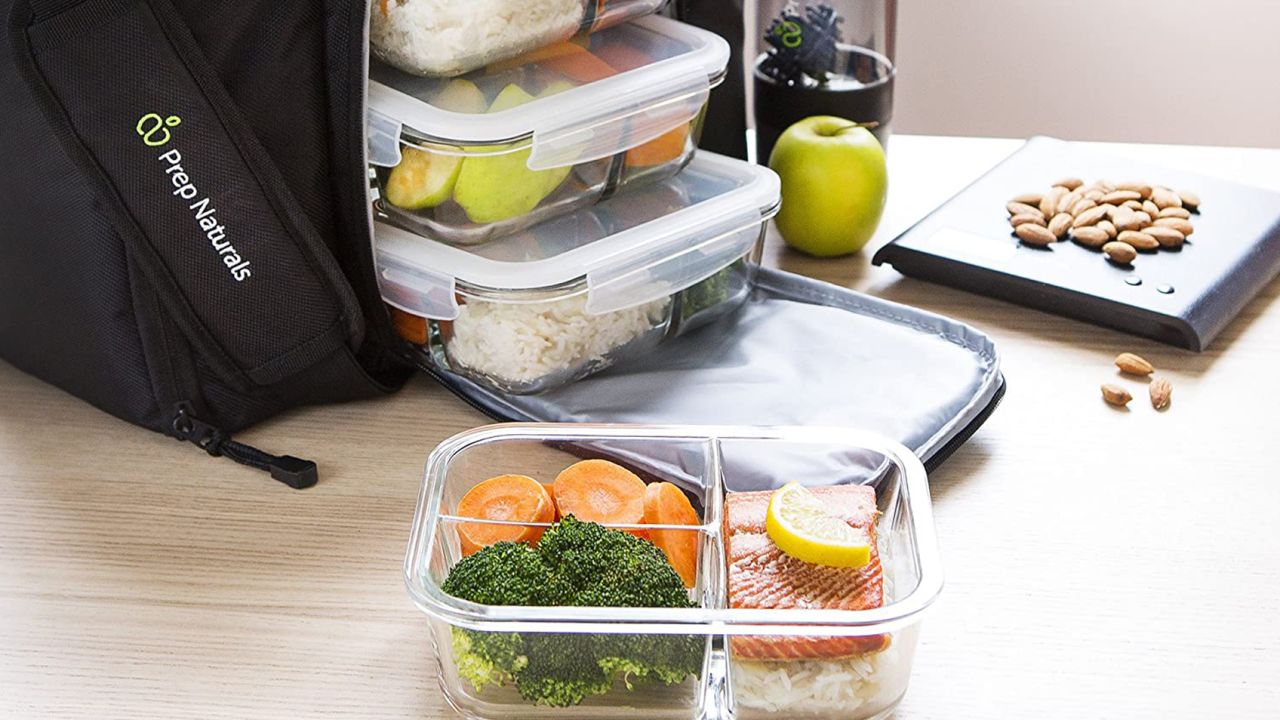
Why Invest in Quality Food Prep Containers?
food prep containers choosing the right food prep containers is essential for several reasons:
- Freshness: Good quality containers keep food fresh longer, preserving flavor and texture.
- Convenience: Having a set of reliable containers makes meal prep more straightforward and enjoyable.
- Portion Control: Containers help manage portion sizes, contributing to better dietary choices.
- Organization: Storing meals in labeled containers simplifies planning and reduces waste.
- Versatility: The right containers can be used for a variety of foods and meals, making them a worthwhile investment.
Types of Food Prep Containers
When selecting food prep containers, consider the following types:
1. Plastic Meal Prep Containers
Plastic meal prep containers are lightweight, affordable, and come in various sizes and shapes. They are ideal for on-the-go meals and snacks. Look for BPA-free options to ensure safety.
Pros:
- Lightweight and portable
- Affordable and easy to find
- Many are microwave and dishwasher safe
Cons:
- May stain or retain odors
- Less durable than glass containers
Recommended External Link: For a range of BPA-free plastic containers, check out Good Housekeeping’s guide.
2. Glass Meal Prep Containers
Glass containers are durable and provide an excellent option for those looking for a more eco-friendly solution. They are ideal for reheating meals in the oven or microwave and do not retain odors or stains.
Pros:
- Durable and long-lasting
- Safe for oven and microwave use
- Non-toxic and eco-friendly
Cons:
- Heavier and more expensive than plastic
- Can break if dropped
3. Silicone Food Storage Containers
Silicone containers are flexible, foldable, and lightweight. They are perfect for storing snacks and small meals. Silicone is also heat-resistant, making these containers great for the microwave and oven.
Pros:
- Space-saving design
- Durable and reusable
- Heat-resistant
Cons:
- Can be more expensive than plastic
- Limited sizes available
Key Features to Look For
When shopping for food prep containers, keep the following features in mind:
1. Lid Design
Choose containers with secure lids to prevent leaks and spills. Some containers come with locking lids that create an airtight seal, which is great for keeping food fresh.
2. Size and Shape
Consider the size and shape of the containers based on your meal prep needs. Larger containers are ideal for batch cooking, while smaller ones are great for snacks and sides.
3. Microwave and Dishwasher Safe
Ensure that the containers are safe for microwave and dishwasher use for added convenience. This feature makes reheating and cleaning up after meals much simpler.
4. Stackable Design
Stackable containers save space in your fridge or pantry. Look for containers that can be easily nested within each other for compact storage.
5. Material Quality
Opt for high-quality materials that are durable and safe for food storage. Consider options like BPA-free plastic or borosilicate glass.
How to Organize Your Meal Prep Containers
Keeping your food prep containers organized can make your meal prep process more efficient. Here are some tips:
- Labeling: Use labels to mark each container’s contents and date. This practice helps keep track of freshness.
- Storage: Designate a specific area in your kitchen for containers. Stack similar sizes together to save space.
- Cleaning: After use, clean and dry containers thoroughly before storing them away to prevent odors and mold.
Frequently Asked Questions (FAQs)
1. How many meal prep containers do I need?
The number of containers you’ll need depends on your meal prepping frequency and the types of meals you prepare. A good starting point is 5-7 containers for weekly meal prep.
2. Can I use food prep containers for freezing?
Yes! Many plastic and glass meal prep containers are freezer-safe. Be sure to leave space at the top of the container for food to expand as it freezes.
3. How do I prevent food from staining my containers?
To prevent staining, avoid storing highly pigmented foods (like tomato sauce) in plastic containers. You can also use glass containers, which are less prone to staining.
Maintaining Your Food Prep Containers
Proper maintenance will extend the life of your food prep containers. Here are some tips:
- Wash After Each Use: Clean containers thoroughly after every use to avoid odors and stains.
- Avoid Harsh Chemicals: Use mild dish soap to clean containers, as harsh chemicals can damage the material.
- Inspect Regularly: Check for any cracks or damage regularly, especially in plastic containers. Discard any that show signs of wear.
Best Practices for Meal Prepping
To get the most out of your meal prep containers, follow these best practices:
- Plan Your Meals: Outline your meals for the week to ensure you have the right containers for each dish.
- Batch Cook: Prepare large quantities of staples like grains and proteins to mix and match throughout the week.
- Store Smart: Keep similar meals together to streamline your meal planning and reduce food waste.
Conclusion
Investing in the right food prep containers is essential for a successful meal prep routine. Whether you prefer plastic, glass, or silicone, the perfect container can make all the difference in your meal preparation experience. By considering the type, features, and maintenance of your containers, you can choose the best options that suit your lifestyle and dietary needs.
For more delicious recipes and meal prep ideas, be sure to visit Recipesify, your go-to source for culinary inspiration!

